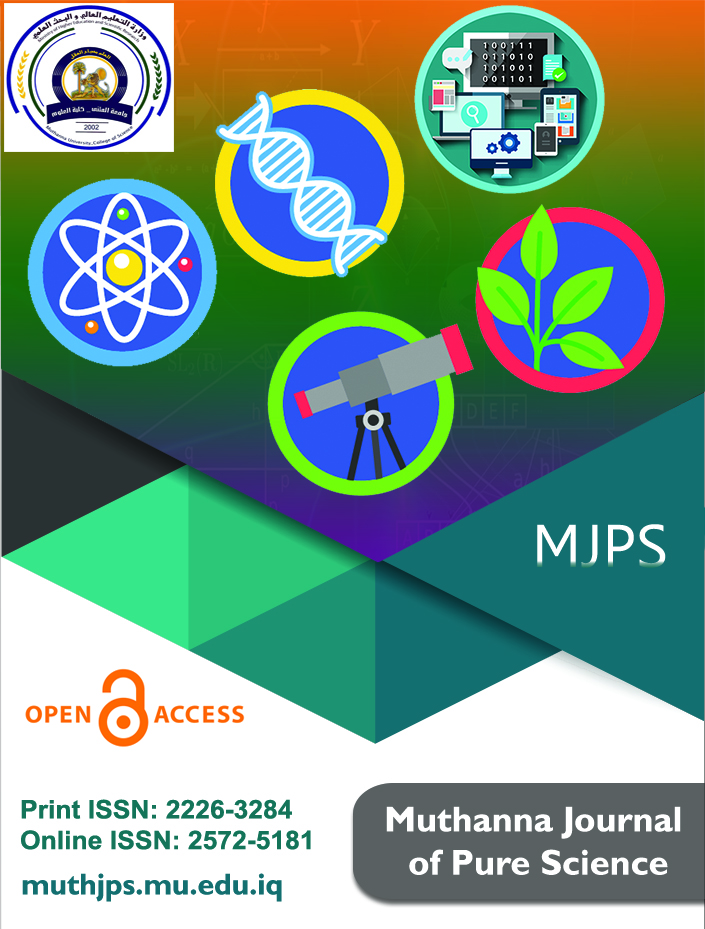Abstract
Dust includes many microorganisms such as airborne bacteria. Most types of these bacteria are harmful to humans
and causing severe problems. Klebsiella pneumoniae considered as serious nosocomial pathogen that cause pneumonia,
UTIs, wound and liver abscesses. One hundred fifty samples isolated randomly from different indoor and outdoor areas
during the period November 2014- February 2015. In the indoor isolates bacterium K. pneumoniae was the commonest
pathogen (36.70%) followed by S. aureus (22.78%), S. epidermidis (12.65%), Bacillus spp. (10.12%), P. aeruginosa
(5.06%), E. cloacae (5.06%), Streptococcus spp.(2.53%), Citrobacter spp.(1.26%) and Pantoea spp.(1.26%). While S.
aureus comprises the majority of outdoor bacteria in (41.66%). Using PCR method for detection of Uge gene and followed
with direct DNA Sequencing. The multiple sequence alignment (MSA) showed highly conserved area in all studied strains.
However, some variants were observed at different positions (24, 124, 152, 163, 165, 185, 199, 200, 207, 209, 248, 279, 284,
291). Also there were changes in a functional whole areas at the studied gene such as (GGCTGG) at the positions (212-217),
(ATCCCG) at positions (226-231), (GCCC) at (233-236), (ACCG) at positions (242-245), (GATT) at (263-266), (TCAA) at
(269-272). These differences in the gene sequence may indicates special characterizations for the isolated strain.
and causing severe problems. Klebsiella pneumoniae considered as serious nosocomial pathogen that cause pneumonia,
UTIs, wound and liver abscesses. One hundred fifty samples isolated randomly from different indoor and outdoor areas
during the period November 2014- February 2015. In the indoor isolates bacterium K. pneumoniae was the commonest
pathogen (36.70%) followed by S. aureus (22.78%), S. epidermidis (12.65%), Bacillus spp. (10.12%), P. aeruginosa
(5.06%), E. cloacae (5.06%), Streptococcus spp.(2.53%), Citrobacter spp.(1.26%) and Pantoea spp.(1.26%). While S.
aureus comprises the majority of outdoor bacteria in (41.66%). Using PCR method for detection of Uge gene and followed
with direct DNA Sequencing. The multiple sequence alignment (MSA) showed highly conserved area in all studied strains.
However, some variants were observed at different positions (24, 124, 152, 163, 165, 185, 199, 200, 207, 209, 248, 279, 284,
291). Also there were changes in a functional whole areas at the studied gene such as (GGCTGG) at the positions (212-217),
(ATCCCG) at positions (226-231), (GCCC) at (233-236), (ACCG) at positions (242-245), (GATT) at (263-266), (TCAA) at
(269-272). These differences in the gene sequence may indicates special characterizations for the isolated strain.
Keywords
DNA sequencing.
Dust Alignment
klebsieua pneumonia
molecular study
